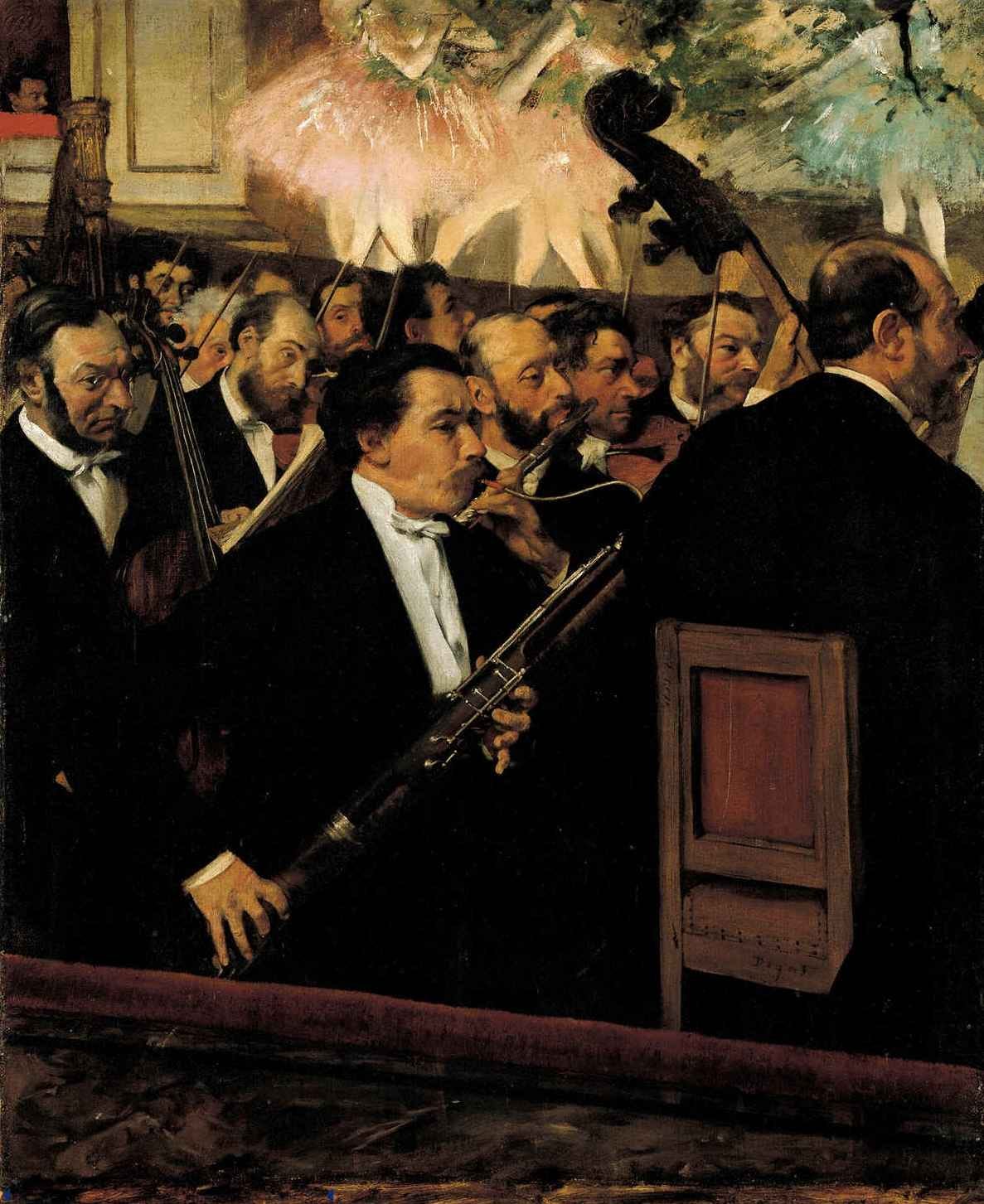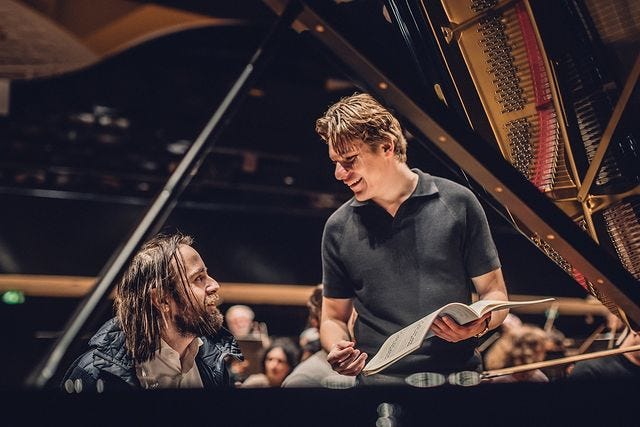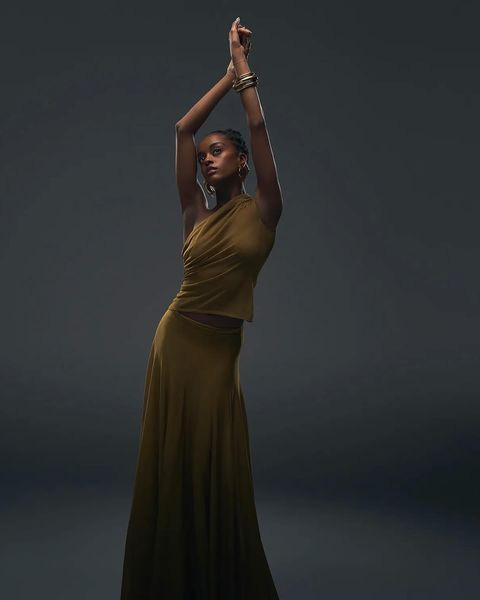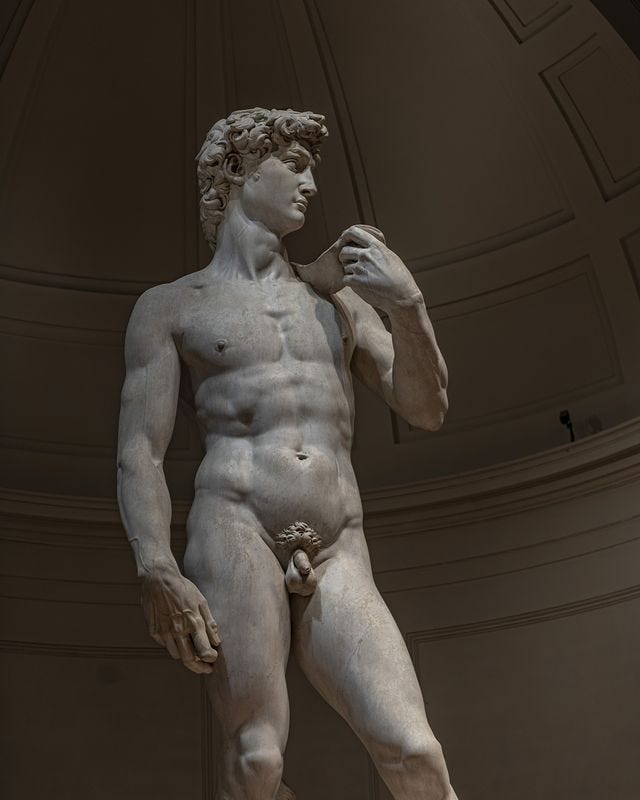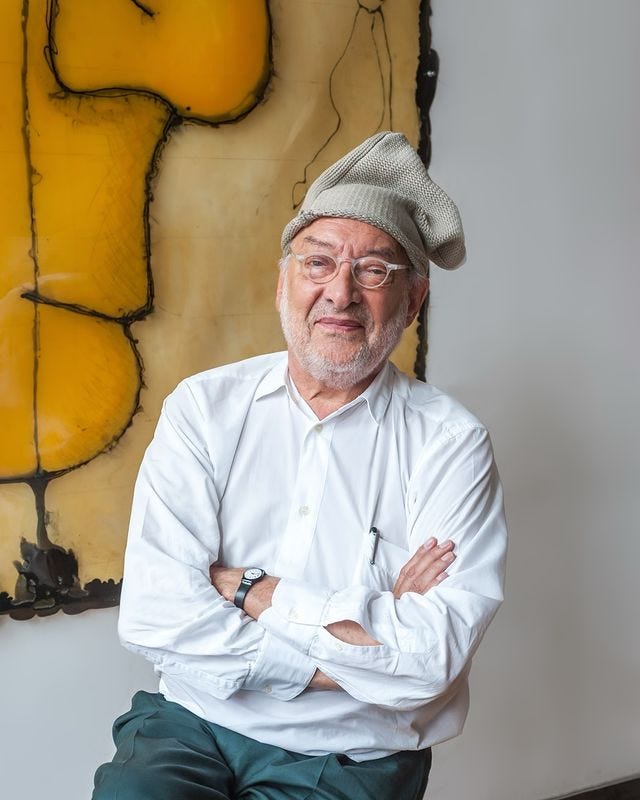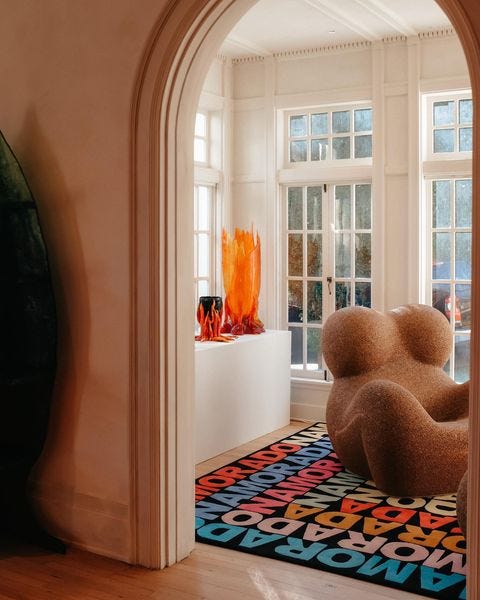Panic! at the Symphony
Plus, a controversial Michelangelo movement and what everyone can't stop reading right now.
Happy Saturday! I hope you are up to something cultural this weekend.
As for me: I saw Nederlands Dans Theater at New York City Center on Thursday, took a dance class myself last night, today I’m planning to finish John Williams’s Stoner, and tomorrow I’m seeing Julio Torres’s Problemista. Now, on to the news!
It’s bittersweet time at the San Francisco Symphony. It’s been about a month since the orchestra’s music director Esa-Pekka Salonen announced he was stepping down from his role after his five-year contract ends in 2025. The Finnish conductor—“one of classical music’s great disrupters,” per the New York Times—attributed his departure to differences with the symphony’s board. Okay…so what’s the subtext there?
As with many things, it likely comes down to a lack of financial support for the arts. In his analysis, the San Francisco Chronicle’s music critic Joshua Kosman estimates that the orchestra’s financial struggles are more dire than they may have let on: It’s been in budget deficits for more than a decade(!) and has largely failed to gain donations from the Silicon Valley set, which could have potentially set the symphony back on the right track.
It’s possible the orchestra thought Salonen could ease its financial hardship, as he was an in-demand hire who oversaw the Los Angeles Philharmonic for 17 years. And people are upset he’s leaving: the SF Symphony musicians have even started a Change.org petition asking the board to do more to retain Salonen—and it’s nearing its 7,500 person goal.
So what’s so special about Salonen? He’s an innovator. At the SF Symphony, he launched a new touring model—with multi-day stays in international cities, the orchestra has been able to foster deeper cultural exchanges and educational programming. He also launched Collaborative Partners: a group of eight “artists, thinkers, and doers” that Salonen brought on to push the boundaries of the orchestra and create new works and collaborations. That group includes musicians like composer Nicholas Britell and jazz artist Esperanza Spalding, but also the roboticist and artificial intelligence entrepreneur Carol Reiley, who co-founded deepMusic.ai—a platform that “aims to figure out how and where AI can assist creatives and utilize human strengths to build something novel”—with violinist Hilary Hahn.
Salonen is something of a futurist, but don’t mistake his AI collaboration as a push for optimization: “There could be a robot that paints a picture based on what it hears. It would be instant visual imagery from an algorithm,” he suggested to the Philadephia Inquirer in 2019. “Robots could play a newly invented orchestra in collaboration with a typical orchestra.” Perhaps Silicon Valley’s upper echelons simply weren’t willing to donate to a cause that was driving artistic innovation without enhanced productivity or de-escalating labor costs…anyway!
It does seem entirely likely that Salonen was not set up for success (in addition to the fact that his term with the Symphony kicked off with the onset of COVID). Ticket revenue is expected to surpass pre-pandemic levels this season, with about 74% attendance, but there’s also the fact that the orchestra is putting on fewer shows than it was pre-pandemic. That means fewer opportunities to innovate, to attract new audiences, and to improve those margins. In any case, Salonen surely will not have a hard time finding a new gig.
There are a few other orchestral shakeups happening lately for all the Tárheads out there:
A win for the zillennials: 28-year-old Klaus Mäkelä was named the music director of the Chicago Symphony. The Finnish conductor will officially begin his five-year contract in 2027. Seems the Chicago Symphony is dealing with similar struggles as San Francisco, including declining subscriptions and attendance rates that still haven’t fully recovered since the onset of COVID. Hopefully Mäkelä—who calls Salonen one of his inspirations—will help draw new, younger audiences. “There is nothing wrong with old people,” Mäkelä told the Times. “But of course, ideally, we would have a very wide-ranging diverse audience.”
Well here is an idea. The Times piece suggests that Mäkelä is single after a recent breakup with pianist Yuja Wang, who maybe you know: She is an icon and a legend who really seems like she can hang. Anyway, Mäkelä is the same age as recent Bachelor Joey Graziadei, who stole the hearts of countless women across the nation, so maybe the young conductor can find an audience there and leverage that fame to get more people to support the arts? Just a thought.
Good things happening in Charlotte. The city’s orchestra just appointed Kwamé Ryan as its maestro; he will be first Black music director in the Symphony’s 92-year history. And it seems like the Symphony is taking action for its financial future; it recently announced a $50 million fundraising campaign to increase its endowment, and it’s already raised $41 million of that. Nice!
Are you following India Bradley yet? The New York City Ballet corps de ballet dancer made history this winter as the first Black dancer to portray Dewdrop—one of the biggest parts in the ballet—in The Nutcracker; Dance Theater of Harlem member Alexandra Hutchinson also guest-starred in the role that season. Since then, Bradley has rightfully been getting her due! She appears in the March issue of Marie Claire, with a fashion shoot (pointe shoes included) accompanying an interview. She’s also the star of Rachel Antonoff’s spring ’24 campaign. And so begins the campaign to promote her to soloist!
The Galleria dell’Accademia to the general population: “Grow up.” The gallery is taking legal action—through Italy’s landmark cultural heritage code—to stop people from making merch of David’s not-so-private privates. Accademia director Cecilie Hollberg, who joined the gallery in 2015, finds such images of Michelangelo’s work “debasing,” and through her leadership, the Accademia has won “hundreds of thousands of euros” in damages, the Associated Press reported. “I am sorry that there is so much ignorance and so little respect in the use of a work that for centuries has been praised for its beauty, for its purity, for its meanings, its symbols, to make products in bad taste, out of plastic,” Hollberg told the AP. A read!
Really, though, this whole issue is complex. In 1886, the Berne Convention for the Protection of Literary and Artistic Works established, among other artistic protections, the practice of public domain; as of 2022, that agreement has been ratified by 181 countries (out of 195). Italy is able to retain “ownership” over certain artworks by ascribing the creator’s copyright to the institution that owns it; in this case, the Accademia. These restrictions have been debated in courts of law from time to time, and some fear they may be doing more harm than good: as IP lawyer Vittorio Cerulli Irelli told the AP, this may just end up reducing art licensing revenue for the company and decreasing reproductions of its cultural signifiers—another source of revenue and a potential source of inspiration for global travelers to book that trip to Firenze.
A golden egg. Sotheby’s is bracing for a big sale in May: Lucio Fontana’s Concetto spaziale, La fine di Dio (1964), a large yellow canvas shaped like an egg and perforated in a way that must be horrifying to anyone with trypophobia, has an estimated selling price between $20 million and $30 million, ArtNews reported. Another piece in this series sold at Christie’s in 2015 for $29.1 million—so if this piece exceeds that, it will hit a record for the artist, who died in 1968.
Fontana is the founder of Spatialism (Movimento Spaziale)—basically, an art movement that posited that art should embrace science and technology. In 1946, he published the Manifiesto Blanco, in which he defined the movement: “It is necessary to transcend painting, sculpture, poetry, and music. We require a greater art, which will be consistent with the demands of the new spirit….After several millennia of analytical artistic development, the moment of synthesis has arrived….We imagine synthesis as the sum total of the physical elements: colour, sound, movement, time, space, integrated in physical and mental union. Colour, the element of space; sound, the element of time and movement, which develops in time and space. These are fundamental to the new art which encompasses the four dimensions of existence. Time and space.”
Concetto spaziale, La fine di Dio (The End of God) is a series of 38 canvases, inspired by the dawn of the Space Age. The canvas that will be up for sale in May is one of four cadmium yellow pieces in the series. Good luck to the bidders.
Two for the show. One more solution for tight arts budgets: Making more with less. Ride, a musical about the first woman to ride her bike around the world (with her secretary) has made its U.S. debut at San Diego’s Old Globe Theatre. While the show has six characters, it features just two actors. LA Times staff writer Ashley Lee points out that two-person shows are trending; The Last Five Years, a two-person musical that premiered in 2001 and got a film adaptation in 2014, has apparently seen a recent jump in popularity. Why? Smaller casts limited potential COVID disruptions and allowed theaters to save on casting costs. But they’re not necessarily cheaper (and fewer work opportunities for actors certainly aren’t cause for celebration). “It’s a two-actor musical, but it’s massive, so yeah, the money’s gone elsewhere,” director Sarah Meadows told the LA Times of Ride.
RIP Gaetano Pesce. The Italian-born designer passed away this week at 84, after a long, storied career creating colorful and playful work. You’ve probably seen his designs. His bulbous Up chair—a fixture of design Instagram—is inspired by fertility goddesses, and the corresponding ottoman, a ball and chain. “It’s an image of a prisoner,” Pesce told Architectural Digest in 2017. “Women suffer because of the prejudice of men. The chair was supposed to talk about this problem.” True!
You may have seen some of his funhouse-style decor at Coming Soon. He also designed a number of architectural works, including Osaka’s Organic Building. Through his career—which certainly never slowed down—Pesce consistently looked for new forms and modes of expression, prioritizing, always, a sense of joy. “My visual language is meant to create pleasure. And it’s always a response to what’s happening in the world,” he told T magazine in 2022. “If there’s a war, I must do something, if possible, to make people laugh or smile. The only other option is too depressing. In that way, the work has an important function. When you add not just good use of material to an object but a point of view, whether it’s political or social or religious, then it becomes art.”
Read it and weep. Horror novels have increased in sales year-over-year by 54%, The Guardian reported. Publishing pros have a few ideas about why—but generally, they think it’s a response to the current state of the world. Not all readers seek out romance or comedy when the news gets dark; plenty of them would rather see their anxieties explored deeper in fictional parallels. Suzie Dooré, editor-at-large at the Borough Press, suggests: “Perhaps there’s an element of ‘Well, it could be worse, I could be under attack from vengeful spirits?’” Valid.
See you tomorrow for a new interview! ▲




